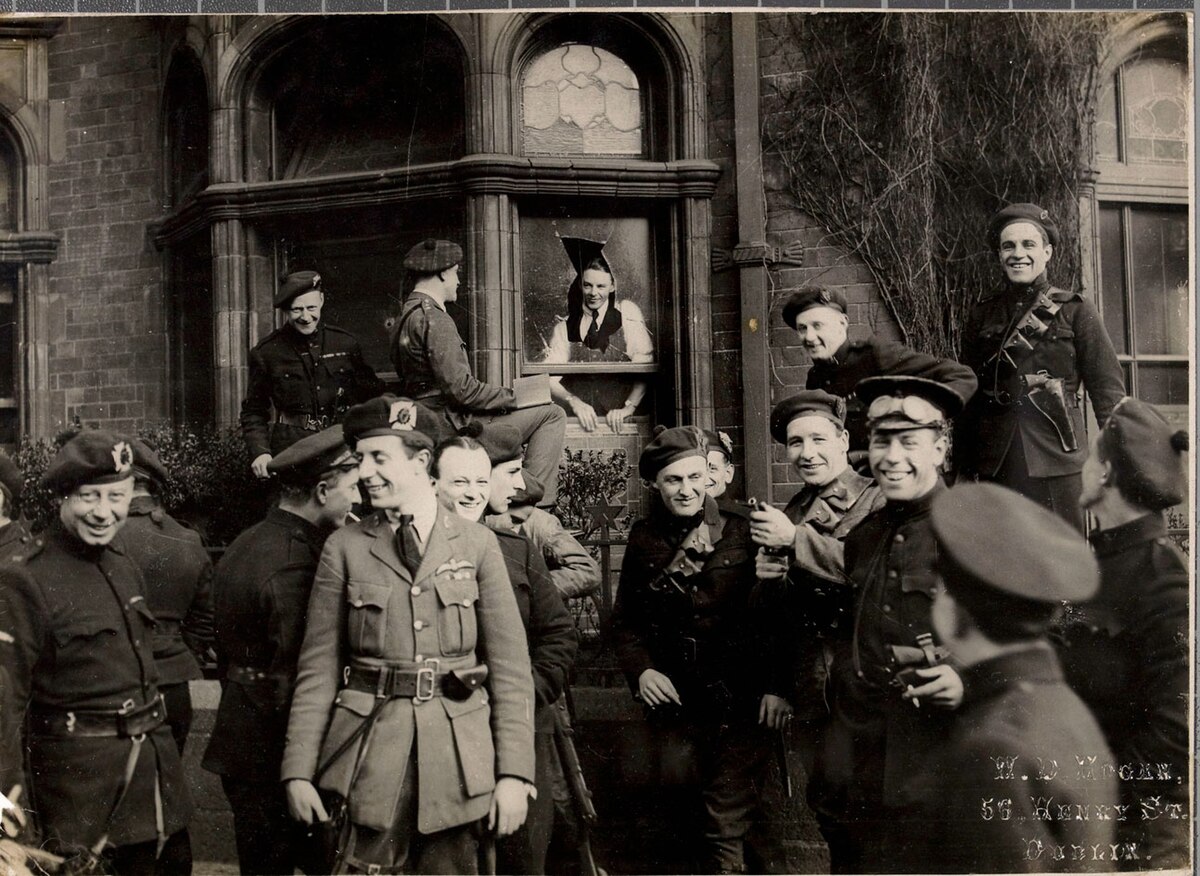
Irish War of Independence
IrelandThe Irish War of Independence (1919-1921) was a guerrilla war waged by the Irish Republican Army (IRA) against British forces, including the British Army, the Royal Irish Constabulary (RIC), and paramilitary groups like the Black and Tans and Auxiliaries. This conflict followed the 1916 Easter Rising, which, although initially unsuccessful, galvanized support for Irish independence and led to the 1918 electoral victory of Sinn Féin, a republican party that established a breakaway government and declared Irish independence in 1919.
The war began on January 21, 1919, with the Soloheadbeg ambush, where two RIC officers were killed by IRA volunteers. Initially, the IRA's activities focused on capturing weapons and freeing prisoners, while the newly formed Dáil Éireann worked to establish a functioning state. The British government outlawed the Dáil in September 1919, marking an intensification of the conflict. The IRA then began ambushing RIC and British Army patrols, attacking barracks, and causing the abandonment of isolated outposts.
In response, the British government bolstered the RIC with the Black and Tans and the Auxiliaries, who became notorious for their brutal reprisals against civilians, often sanctioned by the government. This period of violence and retaliation became known as the "Black and Tan War." Civil disobedience also played a role, with Irish railway workers refusing to transport British troops or supplies.
By mid-1920, republicans had gained control of most county councils, and British authority waned in the south and west of Ireland. Violence escalated dramatically in late 1920. On Bloody Sunday (November 21, 1920), the IRA assassinated fourteen British intelligence officers in Dublin, and the RIC retaliated by firing into a crowd at a Gaelic football match, killing fourteen civilians. The following week, the IRA killed seventeen Auxiliaries in the Kilmichael Ambush. Martial law was declared in much of southern Ireland, and British forces burned Cork city in reprisal for an ambush. The conflict intensified, resulting in approximately 1,000 deaths and the internment of 4,500 republicans.
In Ulster, particularly in Belfast, the conflict had a pronounced sectarian dimension. The Protestant majority, largely unionist and loyalist, clashed with the Catholic minority who mostly supported independence. Loyalist paramilitaries and the newly formed Ulster Special Constabulary (USC) attacked Catholics in retaliation for IRA activities, leading to a violent sectarian conflict with nearly 500 deaths, most of them Catholics.
The Government of Ireland Act of May 1921 partitioned Ireland, creating Northern Ireland. A ceasefire on July 11, 1921, led to negotiations and the Anglo-Irish Treaty signed on December 6, 1921. The treaty ended British rule in most of Ireland, establishing the Irish Free State as a self-governing dominion on December 6, 1922, while Northern Ireland remained part of the United Kingdom.
Despite the ceasefire, violence continued in Belfast and border areas. The IRA launched an unsuccessful Northern Offensive in May 1922. Disagreement over the Anglo-Irish Treaty among republicans led to the Irish Civil War from June 1922 to May 1923. The Irish Free State awarded over 62,000 medals for service during the War of Independence, with more than 15,000 issued to IRA fighters of the flying columns. The Irish War of Independence was a critical phase in Ireland's struggle for independence, resulting in significant political and social changes and laying the groundwork for the subsequent civil war and the eventual establishment of an independent Ireland.
Ask Herodotus
HistoryMaps Shop

Heroes of the American Revolution Painting
Explore the rich history of the American Revolution through this captivating painting of the Continental Army. Perfect for history enthusiasts and art collectors, this piece brings to life the bravery and struggles of early American soldiers.








